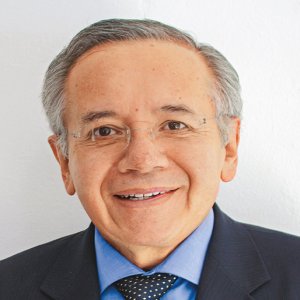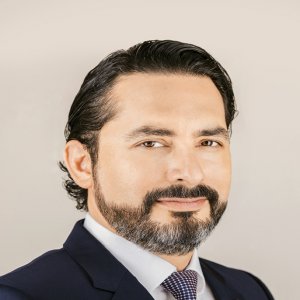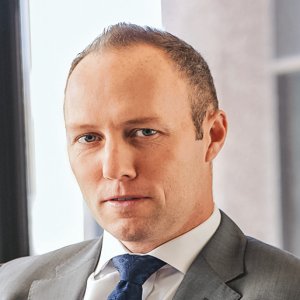Financial Conservatism a Healthy Approach for Difficult Times

STORY INLINE POST
Investment in mining has been tight. Many companies struggle to finance projects given the gradual upturn in commodity prices. Alamos Gold’s solution is a stoic financial conservatism that has resulted in a strong balance sheet and cash flow generation to finance its growth, says President, CEO and Director John McCluskey. “We are determined to build our development pipeline out of free cash. We like to have a conservative balance sheet.”
The company’s approach helped it emerge from the cycle’s last downturn debt free and with US$200 million in cash to fund future projects. “If you look back, we buy assets at the market’s bottom and invest capital to improve mines and build new ones during the rising market,” says McCluskey. “By the time we completed our first significant acquisition, gold bottomed at US$1,100 per ounce. A year and a half later, when we did our second significant acquisition, it was below US$1,200 and by 1Q19 it was around US$1,300, so it remains within a rising channel.”
Alamos Gold maintains a positive price forecast for gold in the short term, which will drive its corporate strategy. “Gold has turned positive from the bottom of the last cycle. Our projections for 2020 indicate that we should be trading between US$1,300 to US$1,400,” McCluskey says. “As a result, we will be focused on improving the mines that we have purchased but also on building new ones. We are in the process of building three mines as we speak. That is our response to a climbing gold market.”
Two of the company’s three mines in development are located in Mexico, at the Mulatos complex. Cerro Pelón and La Yaqui are, respectively, 2km and 9km away from the main leach pad. The former is expected to start production in 2020. Guidance for La Yaqui expects all permits in place by 2019 with production to follow.
Alamos Gold also has a development-phase project in Morelos called La Esperanza. “We are looking at the environmental baseline studies and want to carry out some geotechnical drilling to support the project,” says McCluskey. “We have been working with INA on the archeological sensitivities of the region and on a plan to advance the project to production. We believe that if the federal government is supportive of mining in Morelos, we could build a very good project there.”
La Esperanza is an open-pit, heap leach gold project with a forecasted low-capital intensity, low cost and low technical risk. The gold deposit was found by Esperanza Resources, which was acquired by Alamos Gold in 2013. “The project is in an alkaline environment and has very low environmental risks. We have every reason to build it,” McCluskey says.
Rather than ramp up the project immediately, McCluskey believes it is necessary to take a cautious approach and wait for more positive signals from the government. “We were delayed because the previous governor was intransigent in his position, despite our strong support from local communities and that the federal government thought that building a mine there would be a good idea,” he explains.
Instead of confronting that opposition by building a project that would have had no support at the state level, Alamos Gold postponed its expenditure there while quietly advancing minor development tasks. McCluskey says that current Governor of Morelos Cuauhtémoc Blanco seems more supportive of La Esperanza. “The only reason there is no mining in Morelos is that there has been little effort to look for and develop something but the state’s potential is clear,” he adds.
The Mexican government’s impact on the company’s operations goes beyond La Esperanza. Alamos Gold has been very focused on its Canadian portfolio over the last five years, partly due to the fact that Mexico increased royalties and taxes, says McCluskey. “We are more cautious about investing in Mexico after the government did this.” To make a practical comparison, in 2019, the company will be spending US$50 million in Mexico, US$75 million in Turkey and US$180 million in Canada. “Policy will drive investment. If Mexico implements the right policies, investment will come.”
























